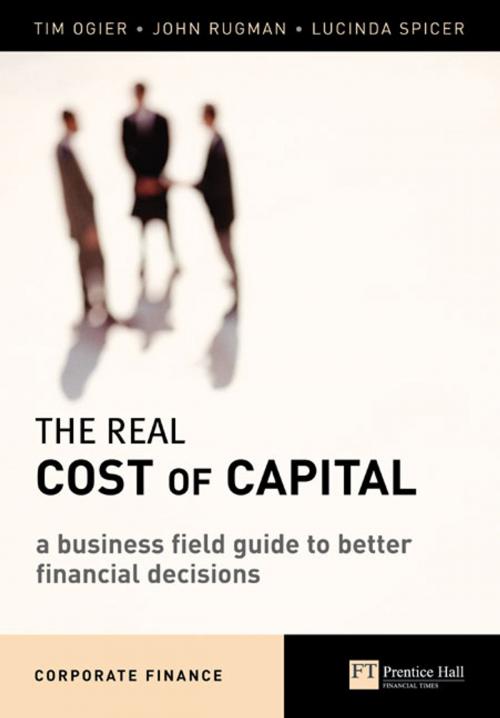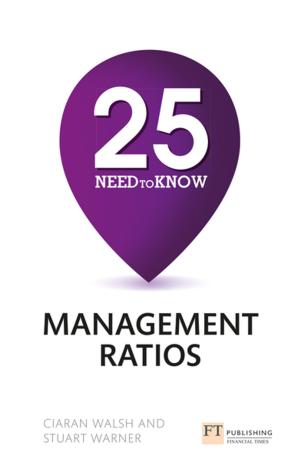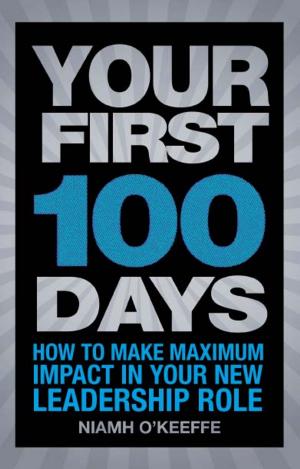The Real Cost of Capital
A Business Field Guide to Better Financial Decisions
Business & Finance, Finance & Investing, Corporate Finance, Finance| Author: | Mr Tim Ogier, Mr John Rugman, Ms Lucinda Spicer | ISBN: | 9780273748250 |
| Publisher: | Pearson Education Limited | Publication: | July 1, 2004 |
| Imprint: | Financial Times/ Prentice Hall | Language: | English |
| Author: | Mr Tim Ogier, Mr John Rugman, Ms Lucinda Spicer |
| ISBN: | 9780273748250 |
| Publisher: | Pearson Education Limited |
| Publication: | July 1, 2004 |
| Imprint: | Financial Times/ Prentice Hall |
| Language: | English |
"This book is required reading for anyone involved in the practical issues of cost of capital decisions. It is written in a way that engages the novice, and yet challenges the professional to rethink the real issues."
Brendan Scholey, Bloomberg.
The cost of capital is the fundamental financial tool for business decision-making. It drives measures of value creation and destruction, and forms the basis of financial analysis using cash flow and other frameworks. This book is here to help the business world to use the cost of capital for real.
The Real Cost of Capital describes the key issues in understanding and using the cost of capital today, taking principles from the world of managerial finance and putting them into the context of major investment decisions.
Should, for example, a company use its own cost of capital to appraise new investments and acquisitions? What cost of capital might a US company use when appraising an investment in, say, the Philippines? For a typical investment, which type of risk is more important ñ specific risk or systematic risk? How should these risks be reflected in, say, a venture capital situation? Debt is cheaper than equity ñ so why donít companies raise more debt than they do? Most practitioners use the weighted average cost of capital ("WACC") in valuation and appraisal ñ but when should an alternative approach be used? This book will help you find the answers.
The Real Cost of Capital is required reading for anyone involved in the practical issues of cost of capital decisions. It brings together the latest academic thinking with practical requirements in a real-life context, and the authors have used their combined experience of advising governments and international blue-chip companies to bring readers up to date with current issues.
The Real Cost of Capital includes chapters on choosing models, calculating the cost of capital using real-life data sources, and calculating the cost of capital in an international context (a subject not usually covered in academic texts). It also has chapters and worked examples on the practical application of the cost of capital in business valuations, high-tech situations and the wide range of premia and discounts that can be applied to the cost of capital.
The book has an associated website www.costofcapital.net which contains some current links. The site also gives access to tax rate information and financial data relevant to using cost of capital around the world. The objective is to make sure that the corporate planner, student, adviser or decision maker, when she/he is on the road, can simply open the book or dial in and take advantage of a wealth of decision-making support, without the pain of extended academic study.
"This book is required reading for anyone involved in the practical issues of cost of capital decisions. It is written in a way that engages the novice, and yet challenges the professional to rethink the real issues."
Brendan Scholey, Bloomberg.
The cost of capital is the fundamental financial tool for business decision-making. It drives measures of value creation and destruction, and forms the basis of financial analysis using cash flow and other frameworks. This book is here to help the business world to use the cost of capital for real.
The Real Cost of Capital describes the key issues in understanding and using the cost of capital today, taking principles from the world of managerial finance and putting them into the context of major investment decisions.
Should, for example, a company use its own cost of capital to appraise new investments and acquisitions? What cost of capital might a US company use when appraising an investment in, say, the Philippines? For a typical investment, which type of risk is more important ñ specific risk or systematic risk? How should these risks be reflected in, say, a venture capital situation? Debt is cheaper than equity ñ so why donít companies raise more debt than they do? Most practitioners use the weighted average cost of capital ("WACC") in valuation and appraisal ñ but when should an alternative approach be used? This book will help you find the answers.
The Real Cost of Capital is required reading for anyone involved in the practical issues of cost of capital decisions. It brings together the latest academic thinking with practical requirements in a real-life context, and the authors have used their combined experience of advising governments and international blue-chip companies to bring readers up to date with current issues.
The Real Cost of Capital includes chapters on choosing models, calculating the cost of capital using real-life data sources, and calculating the cost of capital in an international context (a subject not usually covered in academic texts). It also has chapters and worked examples on the practical application of the cost of capital in business valuations, high-tech situations and the wide range of premia and discounts that can be applied to the cost of capital.
The book has an associated website www.costofcapital.net which contains some current links. The site also gives access to tax rate information and financial data relevant to using cost of capital around the world. The objective is to make sure that the corporate planner, student, adviser or decision maker, when she/he is on the road, can simply open the book or dial in and take advantage of a wealth of decision-making support, without the pain of extended academic study.















